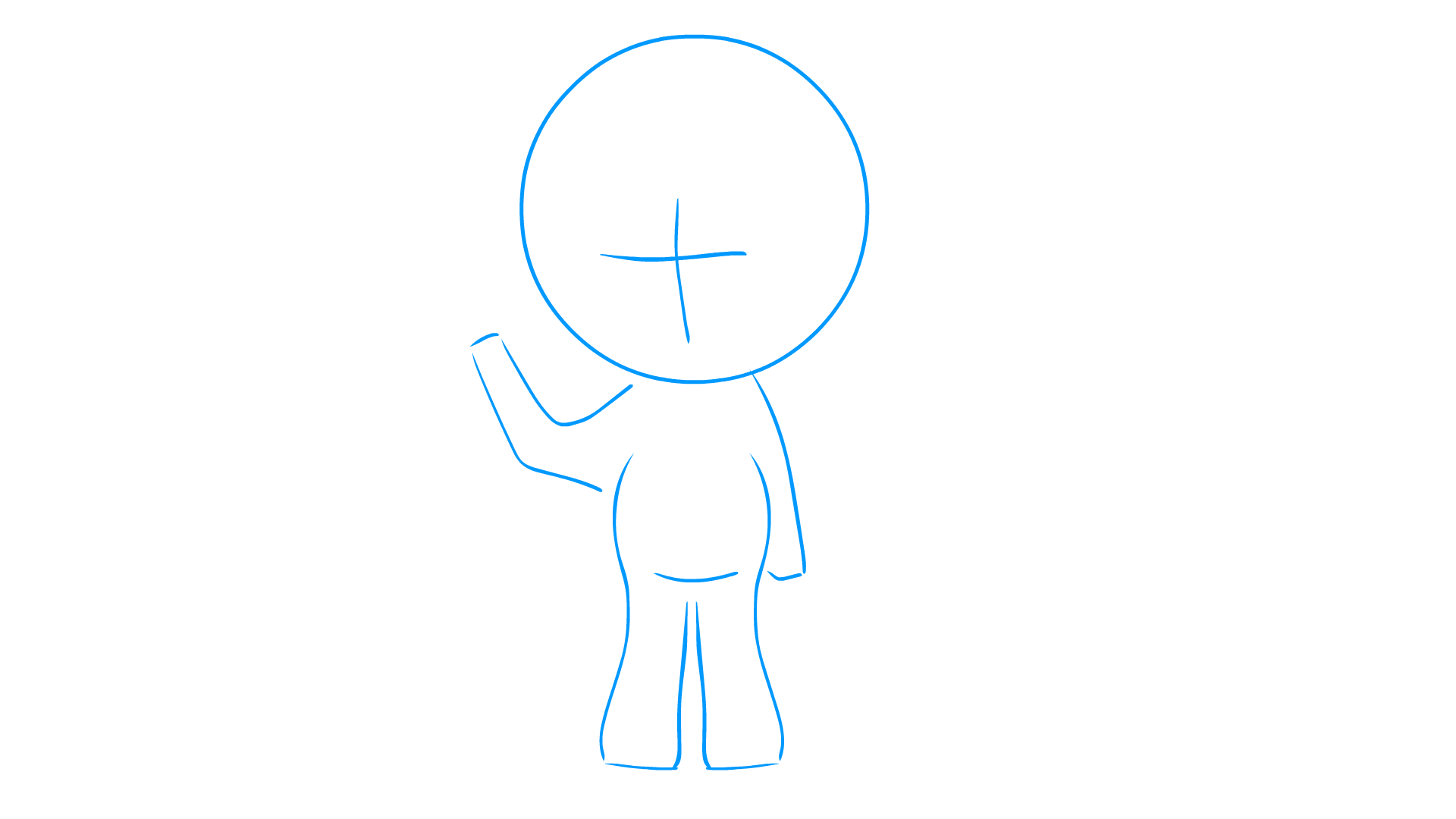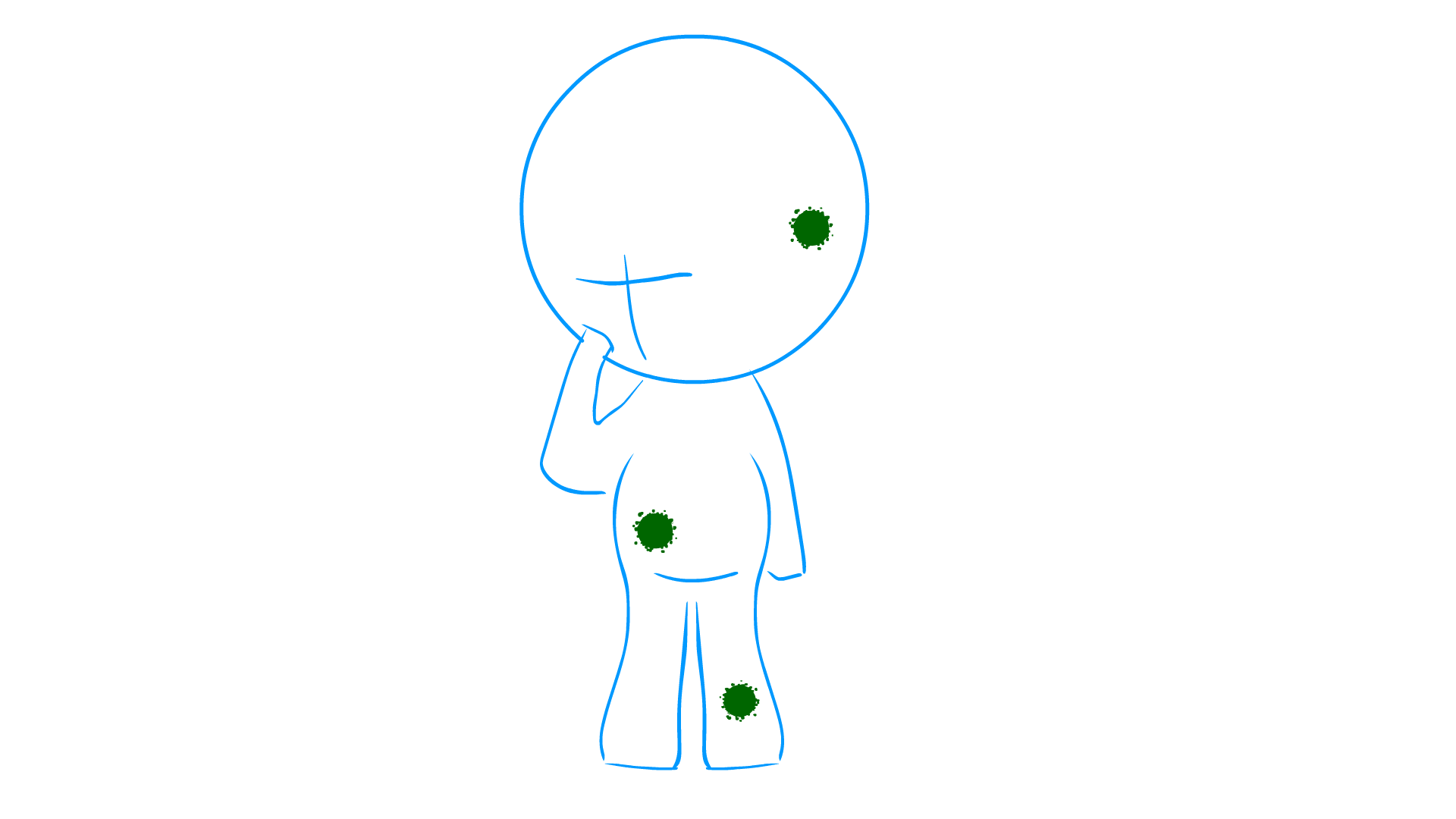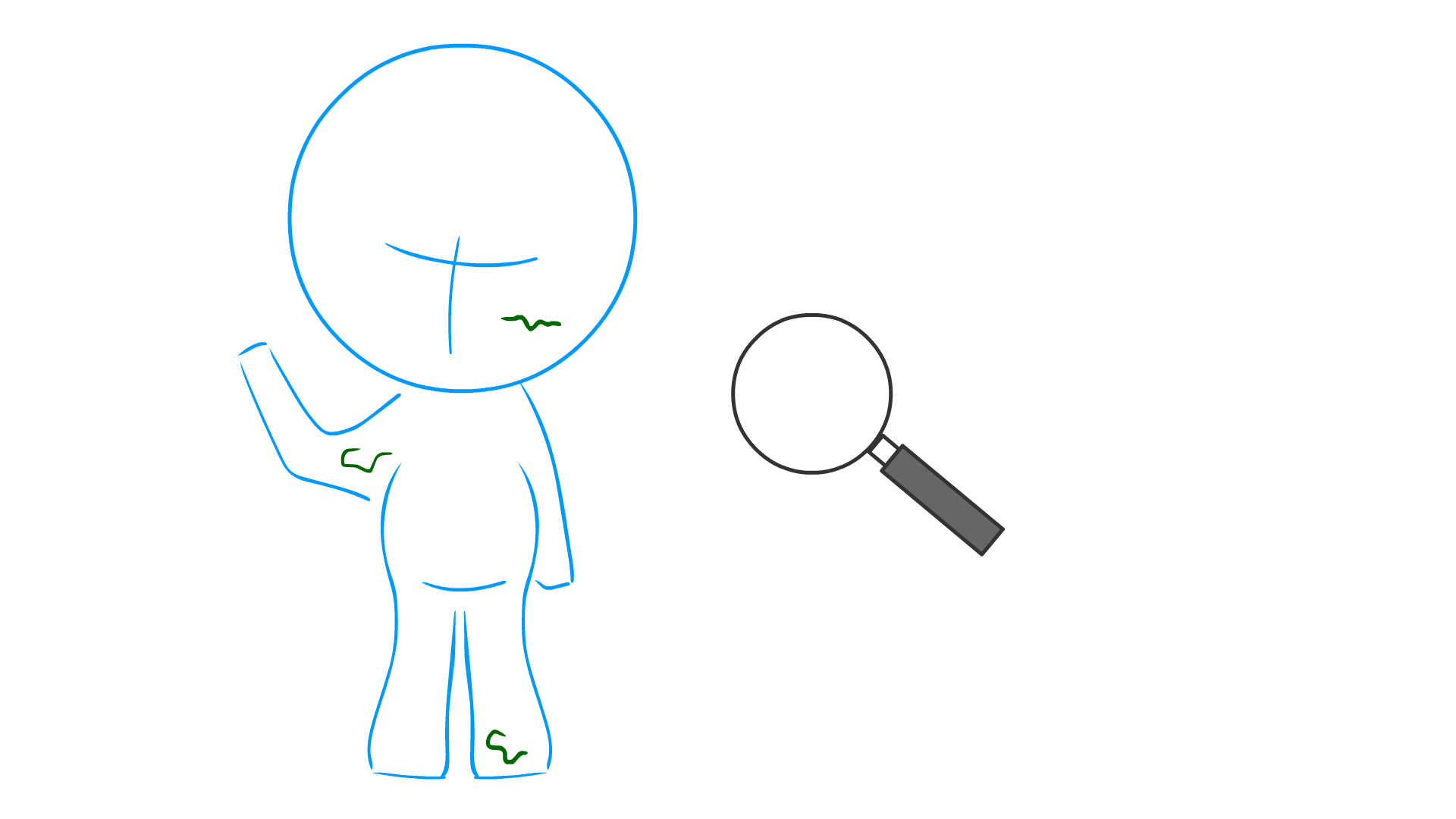How do you know if you’ve got lyme disease? Sometimes it’s quite hard to tell because of where the bacteria like to live in the body. They usually swim into a joint, or your brain or heart. If we wanted to know for certain that bacteria were there we could take your brain out and have a look, but most patients don’t like that.
Diagnosis

The only time they’re easy to find is when they’re in your skin, a week or two after a tick bite. We can see them there because they form a circular/oval red rash (sometimes but not always in the shape of a bullseye) as they cause inflammation. If your doctor sees this rash, then they’ll usually diagnose lyme disease and start treating you. However, the rash only lasts a week or two and you might miss it, especially if it’s somewhere hard to see.

If you don’t still have the rash, your doctor might diagnose Lyme disease based on symptoms. Common symptoms are aching joints, muscle pain, tiredness, and memory problems. The trouble is those aren’t very specific symptoms – they might also be from lots of thing other than Lyme. I turned 30 last year and my joints hurt for no reason all the time now.

The most reliable way we have to know if you’ve been infected is using a blood test for antibodies to the bacteria, which are part of your body’s natural defenses against an infection. Antibodies are your immune system’s memory: you probably have antibodies to loads of bugs you never even knew you were infected with.


Once your body starts producing these antibodies, it’ll keep producing them for years and years. This is very useful for fighting off infections but less useful for diagnosing them. At the moment, we don’t know whether a positive test means you’re currently infected, or just that you have been infected at some point in the past. This makes it hard to know for sure that we’ve got rid of an infection after treatment – the bacteria might be gone but the antibodies will remain.
At Tufts we’re working to find a better test for Lyme disease – one that can show us when a person is infected, but also when we’ve managed to cure the infection as well. That way both doctors and patients will get peace of mind about stopping treatment.
